Weather on Kilimanjaro: What You Need to Know Before Your Climb

Mount Kilimanjaro, the “Roof of Africa,” is a dream destination for many adventurers. Towering at 19,341 feet (5,895 meters), it’s the highest mountain in Africa and one of the Seven Summits, a challenge for mountaineers to climb the highest peak on each continent.
But before you lace up your hiking boots and book your flight to Tanzania, familiarizing yourself with the weather on Kilimanjaro is crucial. Kilimanjaro boasts five distinct climatic zones, each with its own unique conditions. Understanding these zones and how they can impact your climb will ensure you’re properly prepared for a safe and successful summit attempt.
Kilimanjaro’s Five Climatic Zones
- The Lower Slopes (3,000 – 6,000 feet): This zone is characterized by a warm and humid climate, with temperatures ranging from 68°F (20°C) during the day to 50°F (10°C) at night. Expect lush rainforest vegetation and frequent afternoon showers.
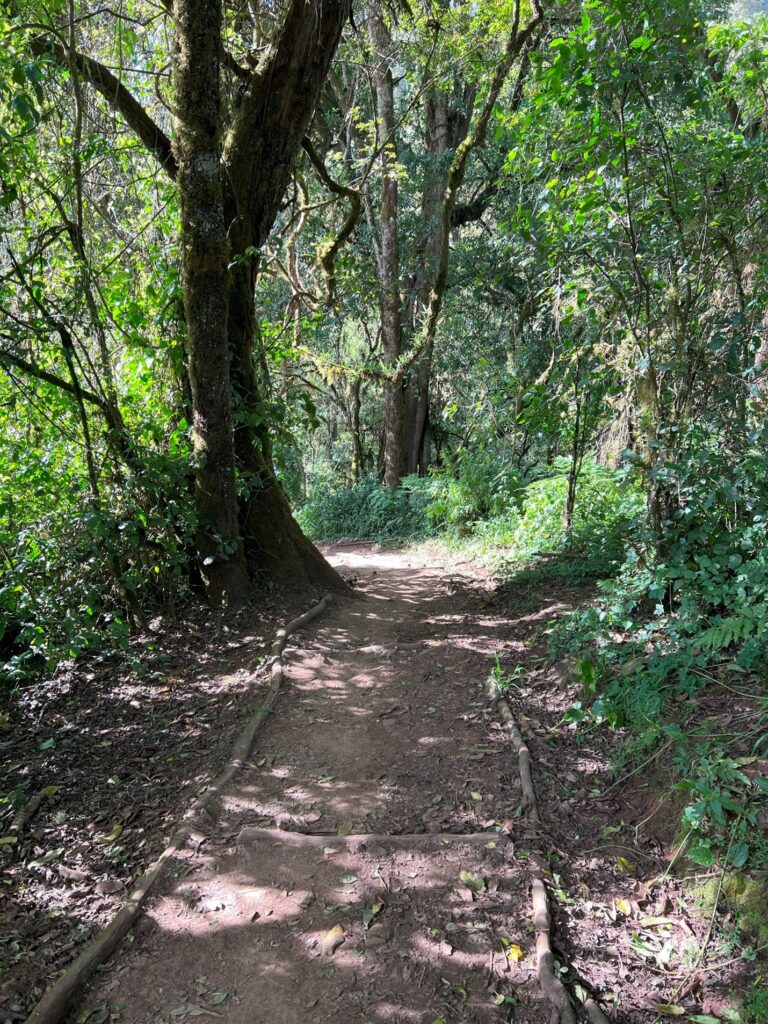
- The Montane Forest (6,000 – 10,000 feet): As you ascend, the temperatures drop significantly. This zone features a cool and moist climate, with daytime highs around 59°F (15°C) and nighttime lows dipping to 41°F (5°C). The vegetation transitions to montane forest with a mix of trees and shrubs.
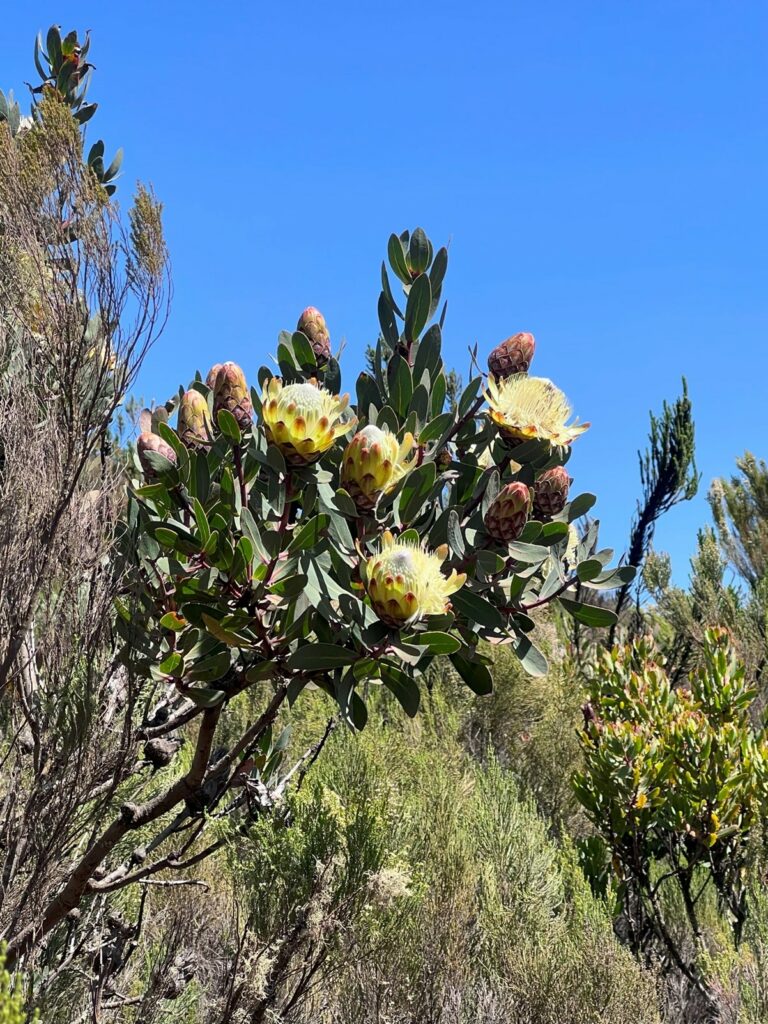
- The Heath Zone (10,000 – 13,000 feet): Here, the landscape becomes dominated by heather plants, with temperatures hovering around 48°F (9°C) during the day and dropping below freezing at night. Expect strong winds and occasional rain or hail.
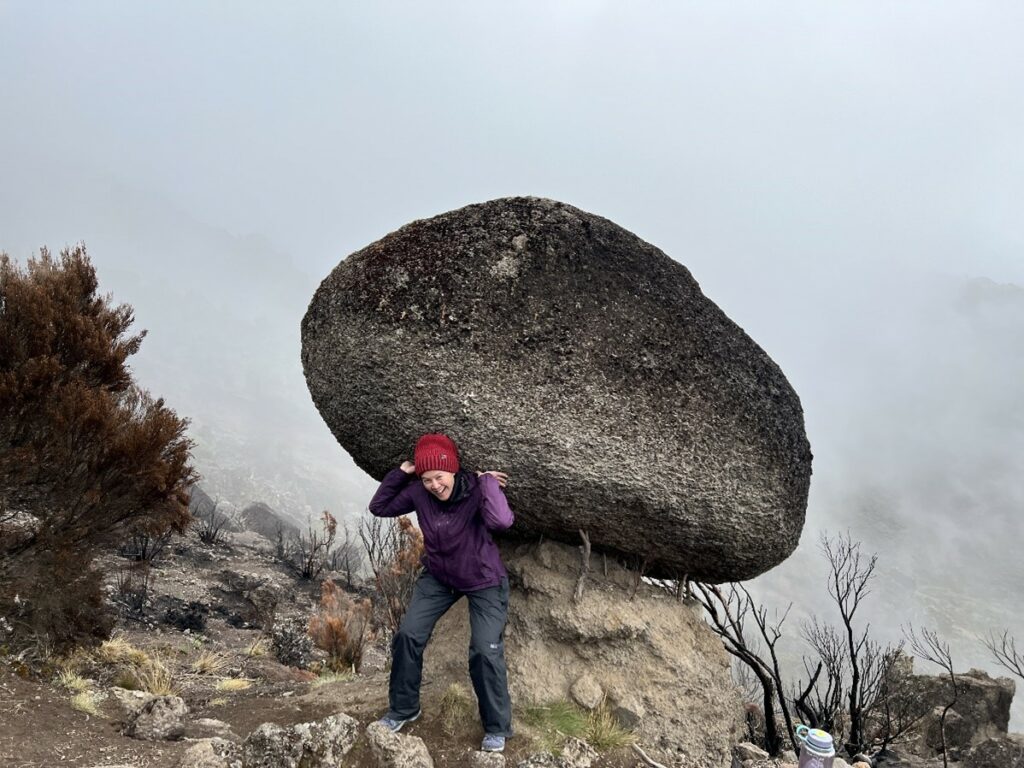
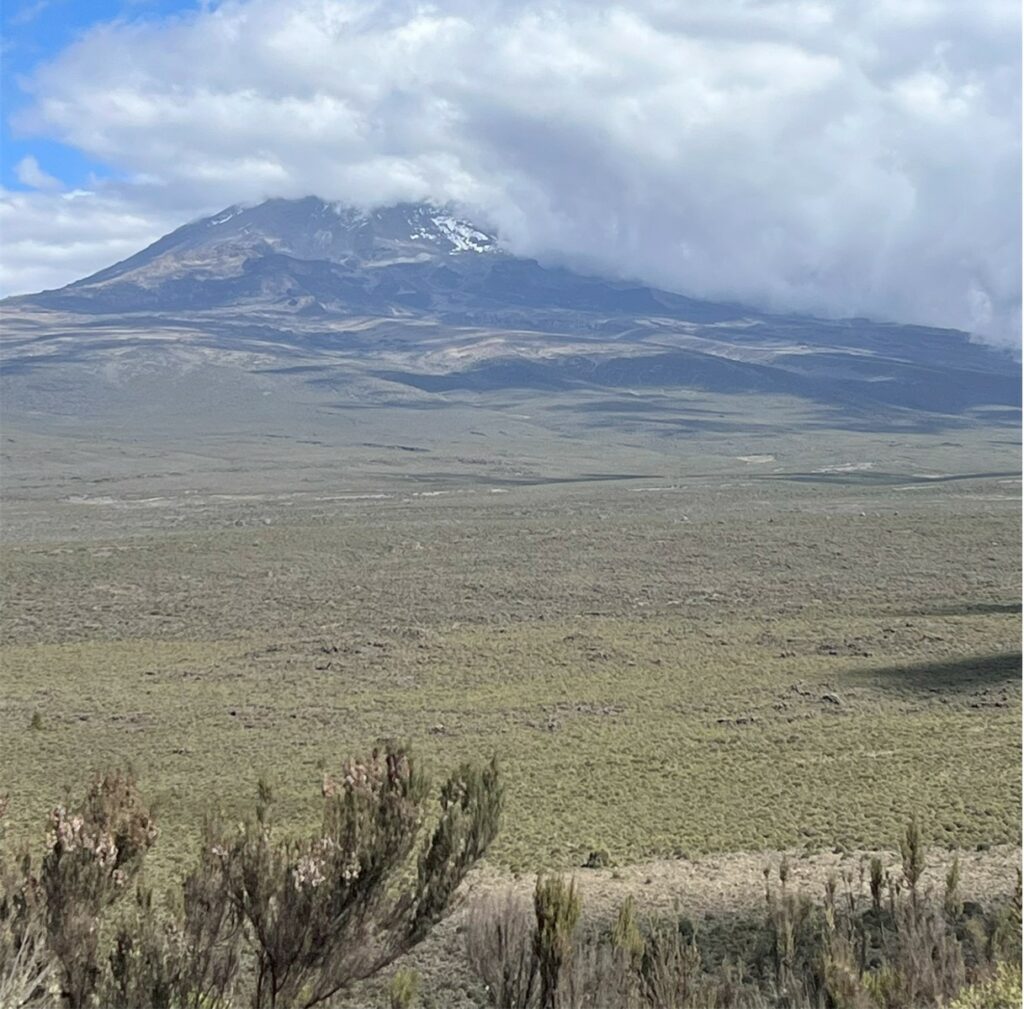
- The Alpine Desert (13,000 – 16,800 feet): This is a harsh and unforgiving environment with very little vegetation. Temperatures plummet, with daytime highs only reaching 32°F (0°C) and nighttime lows plummeting to -4°F (-20°C). Strong winds and snow are common.
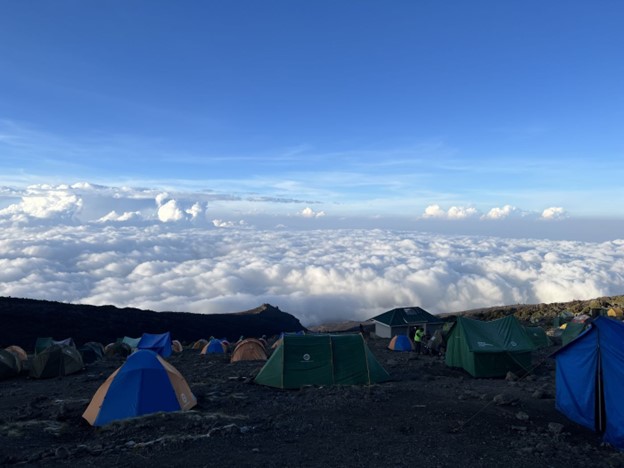
- The Summit (16,800 feet and above): The peak of Kilimanjaro is an arctic environment with extreme temperatures. Daytime highs barely reach 14°F (-10°C), and nighttime lows can drop to -22°F (-30°C). Expect high winds, blowing snow, and potential whiteout conditions.
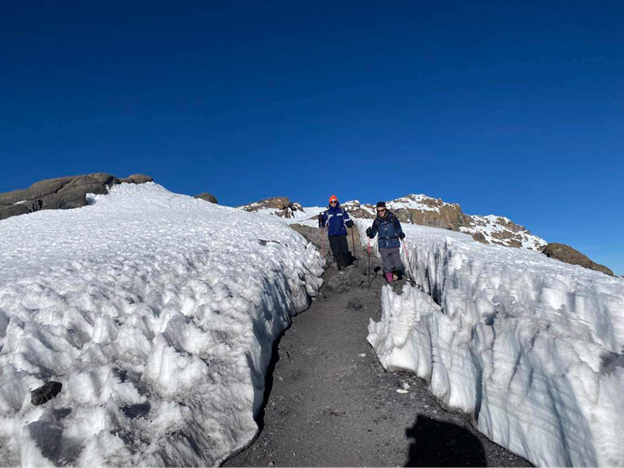
Seasonal Variations on Kilimanjaro
Kilimanjaro experiences two distinct seasons: the dry season and the wet season. The dry season, from June to October, is generally considered the best time to climb due to clearer skies, less rain, and more predictable weather patterns. However, temperatures can be quite cold, especially at higher altitudes.
The wet season, from November to May, sees more rainfall and higher humidity, particularly at lower elevations. While the chances of encountering rain or snow on summit day increase, the temperatures are generally milder.
What to Pack for Your Kilimanjaro Climb
Knowing the weather conditions on Kilimanjaro will help you pack appropriately for your climb. Here are some essential items to consider:
- Base layer clothing: Opt for moisture-wicking thermals to keep you dry and comfortable.
- Insulating mid-layer: A fleece jacket or down sweater will provide warmth at higher altitudes.
- Insulating top layer: A down or insulated synthetic jacket will provide protection from the cold.
- Waterproof outer shell: A good quality rain jacket and pants are vital for unexpected rain or snow.
- Hiking boots: Choose sturdy, waterproof boots with good ankle support for the challenging terrain.
- Warm hat: A warm wool beanie or knit hat will keep your head warm in the cold mountain air.
- Gloves: Pack both inner liner gloves and waterproof outer shell gloves for warmth and dexterity.
- Sun protection: Sunglasses, sunscreen (SPF 30 or higher), and a hat are essential for protection from the strong African sun.
- Gaiters: These will help keep your legs dry from rain, snow, and mud.
- Headlamp: Essential for nighttime navigation in camp.
- Trekking poles: These can provide stability and support on uneven terrain.
Here is a link to our complete downloadable packing checklist.
Additional Tips for Climbing Kilimanjaro in Different Weather Conditions
- Dry Season: Be prepared for cold temperatures, especially at night and at higher altitudes. Layers are key to staying comfortable. Sunscreen and sunglasses are essential for protection from the strong sun.
- Wet Season: Pack rain gear and be prepared for the possibility of encountering mud on the trails. Trekking poles will help navigate slippery terrain. While the temperatures are generally milder, they can still drop at night, so pack accordingly.
For safety reasons, during the heavy rains in November, April, and May, Roam Wild Adventure does not operate treks on Kilimanjaro.
Acclimatization is Key
Regardless of the season you choose to climb, proper acclimatization is crucial for a safe and successful summit attempt. Kilimanjaro is a high-altitude mountain, and the body needs time to adjust to the decrease in oxygen levels. Most Kilimanjaro climbs include acclimatization days built into the itinerary, allowing you to ascend gradually and spend rest days at higher elevations. This helps to reduce the risk of altitude sickness, which can be a serious health threat.
Roam Wild Adventure: Your Trusted Partner on Kilimanjaro
Planning a Kilimanjaro climb requires careful preparation and consideration of various factors, including the weather conditions. Partnering with a reputable and experienced adventure tourism company like Roam Wild Adventure can make a significant difference in your experience.
Roam Wild Adventure has a proven track record of successful Kilimanjaro expeditions. Our expert guides are highly knowledgeable about the mountain and its weather patterns. We will help you choose the best time to climb based on your preferences and experience level and provide comprehensive guidance on what to pack and how to prepare for the specific weather conditions you’ll encounter.
Conclusion
Mount Kilimanjaro is a majestic mountain that offers an unforgettable challenge for adventurous travelers. Understanding the weather conditions on Kilimanjaro and packing accordingly are essential for ensuring a safe and enjoyable climb. By familiarizing yourself with the different climatic zones and seasonal variations, you can make informed decisions about your gear and itinerary.
Choosing a reputable adventure tourism company like Roam Wild Adventure with extensive experience guiding Kilimanjaro climbs will provide invaluable support and expertise throughout your journey. With proper preparation and a knowledgeable guide by your side, you can conquer the “Roof of Africa” and experience the thrill of reaching the summit of this iconic mountain.
Additional Considerations
Fitness Level: Climbing Kilimanjaro is a physically demanding challenge. Ensure you are in good physical condition before attempting the climb. A regular training program that incorporates cardiovascular exercise and strength training is essential.
Medical Considerations: Consult with your doctor before embarking on a Kilimanjaro climb, especially if you have any pre-existing medical conditions. Altitude sickness is a risk, and you may need to take medications to help with acclimatization.
By carefully considering all these factors and planning accordingly, you can ensure your Kilimanjaro climb is a safe, successful, and unforgettable adventure. Contact us to learn more about weather considerations and to help you plan your ultimate Kilimanjaro climbing adventure.